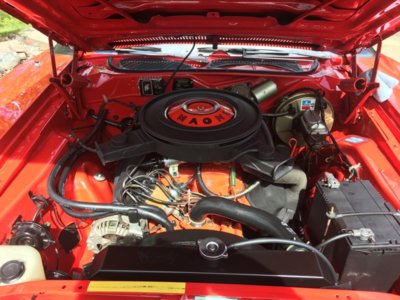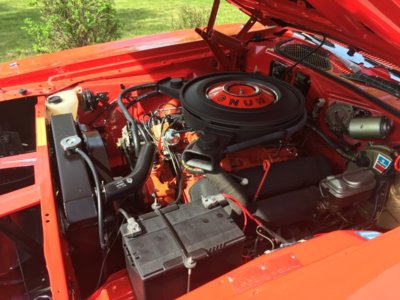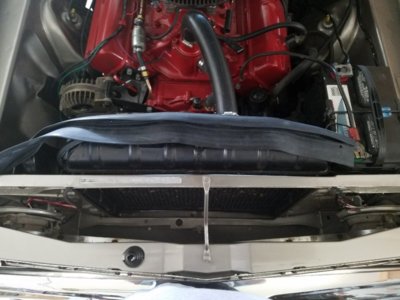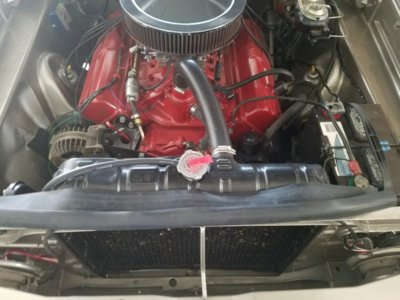- Local time
- 1:01 AM
- Joined
- May 14, 2011
- Messages
- 17,176
- Reaction score
- 32,277
- Location
- On the Ridge, TN
I stand by my original statement, but I like this description too, if modified properly to read "....to regulate the engine's MINIMUM operating temperature".You said "Thermostats only affect warm up time". IF that were true, what is the purpose of using a 160, 180 or a 190? The only reason for changing thermostats would have to be to chang the warm up time. The idea is to reach operating temperature as quick as possible. Comprehension?
See if you can comprehend this (from Stant). It's really not that hard to understand. I doubt you'll find anyone here that will agree with you.
What is a thermostat? What purpose does it serve?
The thermostat has two important jobs to perform; to accelerate engine warm-up and to regulate the engine's operating temperature."
Again, quoting myself: the engine is going to reach whatever operating temperature it's going to regardless of thermostat rated opening temperature.
You did actually comprehend the OP's original issue, right?
He's not asking about how to accelerate his engines' warm-up, but rather to asking for help in regulating the engine's operating temperature.
He's currently running a 160 thermostat but seeing operating temps of 210-215F.
Proves the point that his thermostat in his engine isn't either a)helping his situation or b)regulating his engines' operating temperature.
A thermostat can certainly establish a minimum operating temperature but don't do a darn thing to actually cool an engine, unless one buys into the theory that the "restricted" opening (orifice) of a thermostat is necessary to slow the flow of water through the cooling system - and if that's the case, a simple orifice plate can be installed in lieu of a thermostat to get the same benefit.
Either way, a thermostat isn't going to help our OP in his dilemma - and his issue is far from unusual with these old beasts.




















